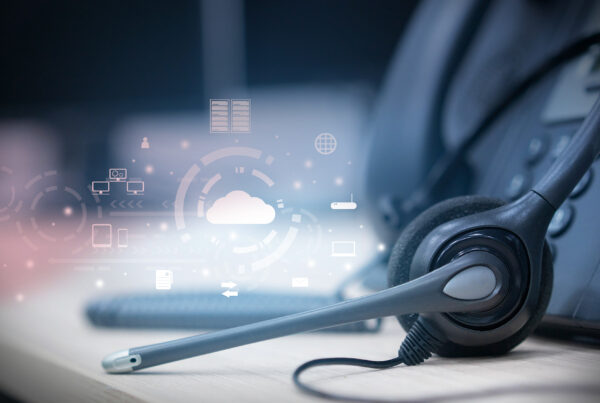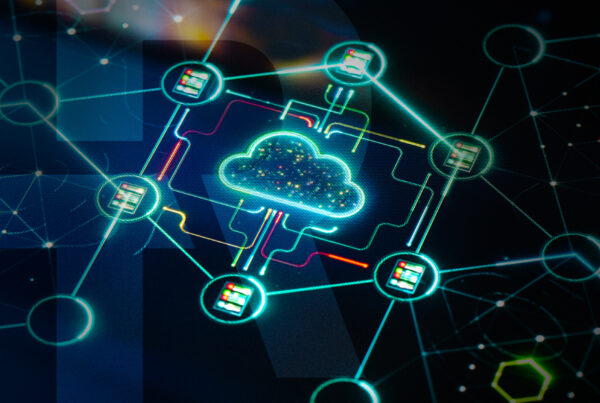On July 16th, the 988 Suicide and Crisis Lifeline went live. The Lifeline offers mental health services, including support for people struggling with substance use and other behavioral health issues. The Lifeline will direct calls and texts to 988 to mental health professionals- including crisis intervention teams (CIT) if necessary.
As a former 911 telecommunicator, I am happy and more than a little envious that today’s telecommunicators will have the ability to work collaboratively with their 988 counterparts. With a more robust mental health crisis response strategy, we can focus attention on each call type more appropriately.
This strategy will result in callers getting the best care possible regardless of the incident type.
Is it a non-violent mental health need? Great, let’s send out an appropriate crisis response team without tying up law enforcement or other traditional public safety responders.
Is it an obvious law enforcement, EMS, and/or fire-rescue call? Great, let’s send the appropriate traditional response. Is it a call where a cross discipline response would result in the best care? Great, let’s send more than one group of responders.
988 not only serves as a great resource for the public to utilize during a mental health crisis, but it also serves to transform the mental health care system and make care easily accessible throughout in the US.
They say that imitation is the highest form of flattery. I look at the decision to use the number 988 as a good sign and recognition of how important and successful 911 has been for nearly six decades. Having worked with several 988 stakeholders on various workgroups, and with the NENA 988-911 Interactions workgroup, it’s clear that the same professionalism that keeps the 911 industry going is prevalent in the various organizations responsible for the National Suicide Prevention Hotline and the roll out of 988.
Part of adapting to 988 is to ensure that the proper questions are being answered; that the appropriate information is being obtained and provided, and that an appropriate response is being generated. PowerPhone has a vested interest in helping agencies be successful with their unique needs as they relate to the rollout of 988. We have already worked with several of our customers to tailor our software so they can process mental health crisis calls based on their local and state requirements.
This can be accomplished by:
- Adding and modifying questions and answers that assist in obtaining information required by state legislation
- Adding in unique mobile response teams
- Configuring the recommendation of a traditional response, or a crisis team-only response, or a combination of both
Whether you are an existing customer or interested in learning more about how we can support your community’s needs please reach out to us at info@powerphone.com.
We are here to help you and your agency succeed.
If you or someone you know needs help, you can call or text the National Suicide Prevention Lifeline at 988 or 800-273-TALK (8255).

About the Author
Jim Jones is the Content Manager for PowerPhone. Prior to that he served as an Implementation Manager for 7 years supporting Total Response clients worldwide.
Before joining the PowerPhone Team Jim served in the roles of Telecommunicator/CTO,
Shift Supervisor, and Training Coordinator at a PSAP in Illinois for 16 years.








